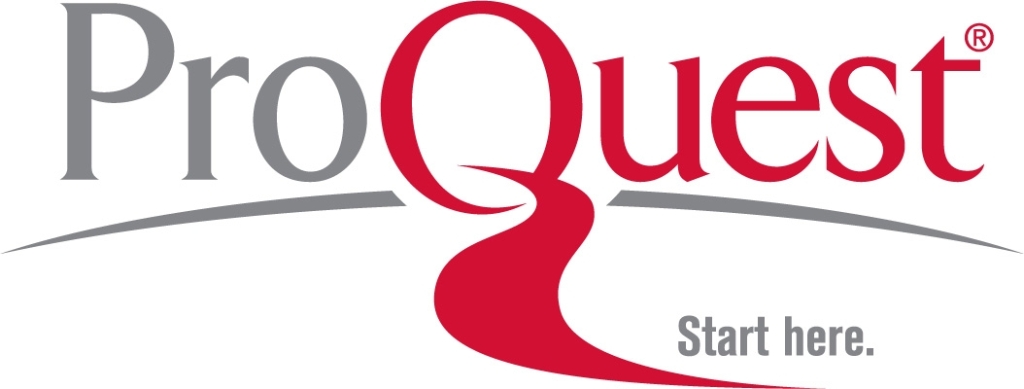Abstract
The purpose of this study is to determine the effects of problem based mathematics teaching through mobile based applications which are used as assistive technology. It has been designed in a mixed method model that integrates research results. The participants of the experimental group were chosen from the students who continue to take mathematics courses within the traditional curriculum and were included in the process of problem based learning via mobile applications. Quantitative dimension of the study was designed using quasi-experimental design with pretest-posttest control group and it was seen that the success of the students in two different environments showed significant difference before and after the experiment. In other words, it has been found that the common effects of successive measurement factors on the success of different learning environments are significant. Within the light of these findings, it has been determined that both learning environments have different effects in increasing the success of the students and that the environment created for the experimental group is more effective in increase of the success. As a result of the qualitative analysis of the data collected by the researcher through the open-ended questionnaire, it was seen that the students reported positive opinions towards the environment (mobile technology, WhatsApp or virtual stock exchange application) and problem based teaching process. Based on these results, it can be asserted that the problem based learning process in which mobile based applications are used as an assistive technology is effective both in the increase of students’ success in maths and their positive attitudes.
Keywords
Instant messaging, Mathematics education, Problem based learning, Technology assisted learning, Academic success
DOI: http://dx.doi.org/10.15390/EB.2019.8119







